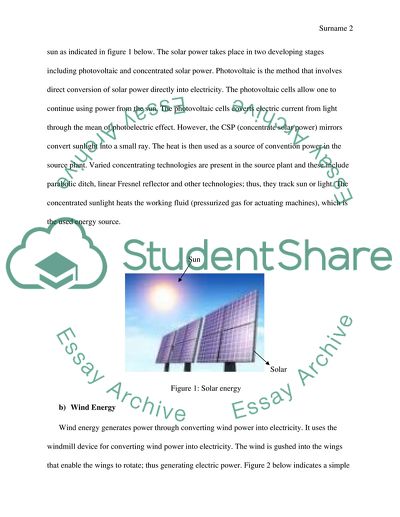Cite this document
(Sustainable Sources For Electricity Generation Research Paper, n.d.)
Sustainable Sources For Electricity Generation Research Paper. Retrieved from https://studentshare.org/technology/1789888-renebale-energy-sources
Sustainable Sources For Electricity Generation Research Paper. Retrieved from https://studentshare.org/technology/1789888-renebale-energy-sources
(Sustainable Sources For Electricity Generation Research Paper)
Sustainable Sources For Electricity Generation Research Paper. https://studentshare.org/technology/1789888-renebale-energy-sources.
Sustainable Sources For Electricity Generation Research Paper. https://studentshare.org/technology/1789888-renebale-energy-sources.
“Sustainable Sources For Electricity Generation Research Paper”, n.d. https://studentshare.org/technology/1789888-renebale-energy-sources.


